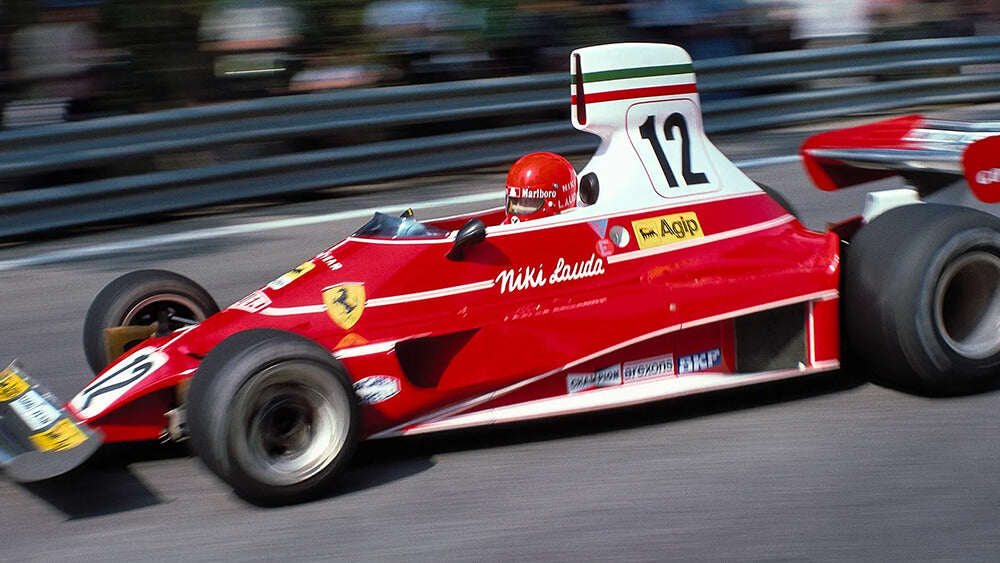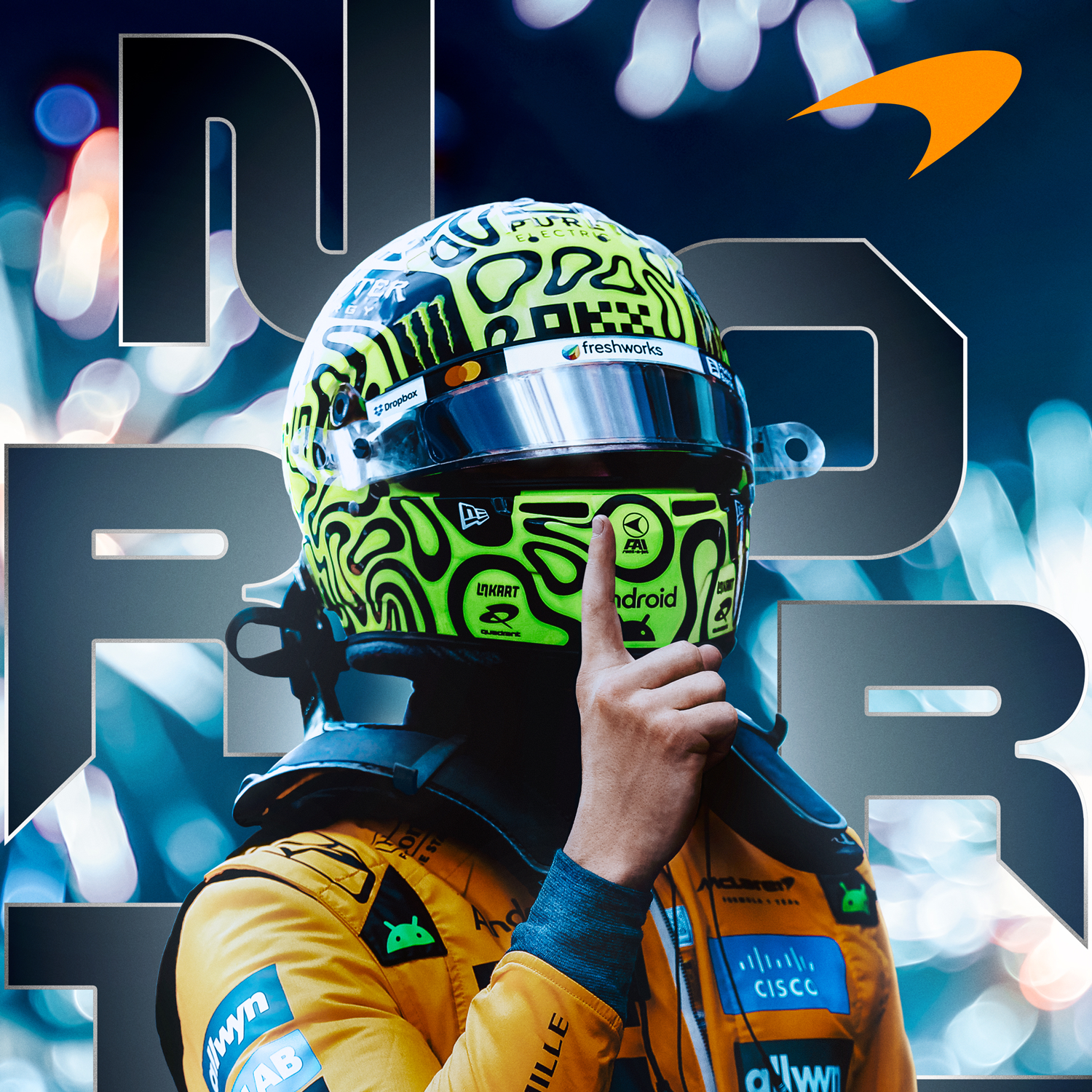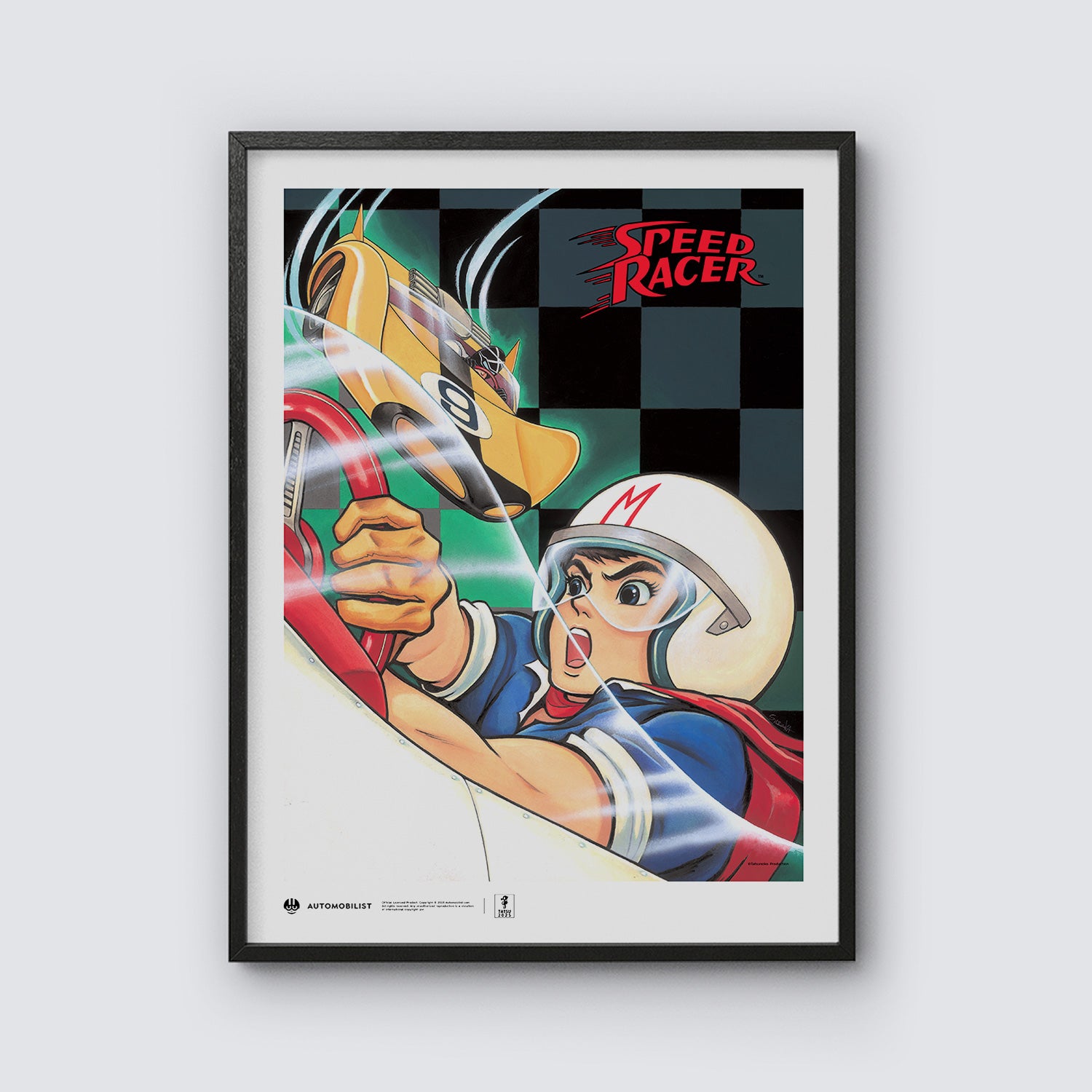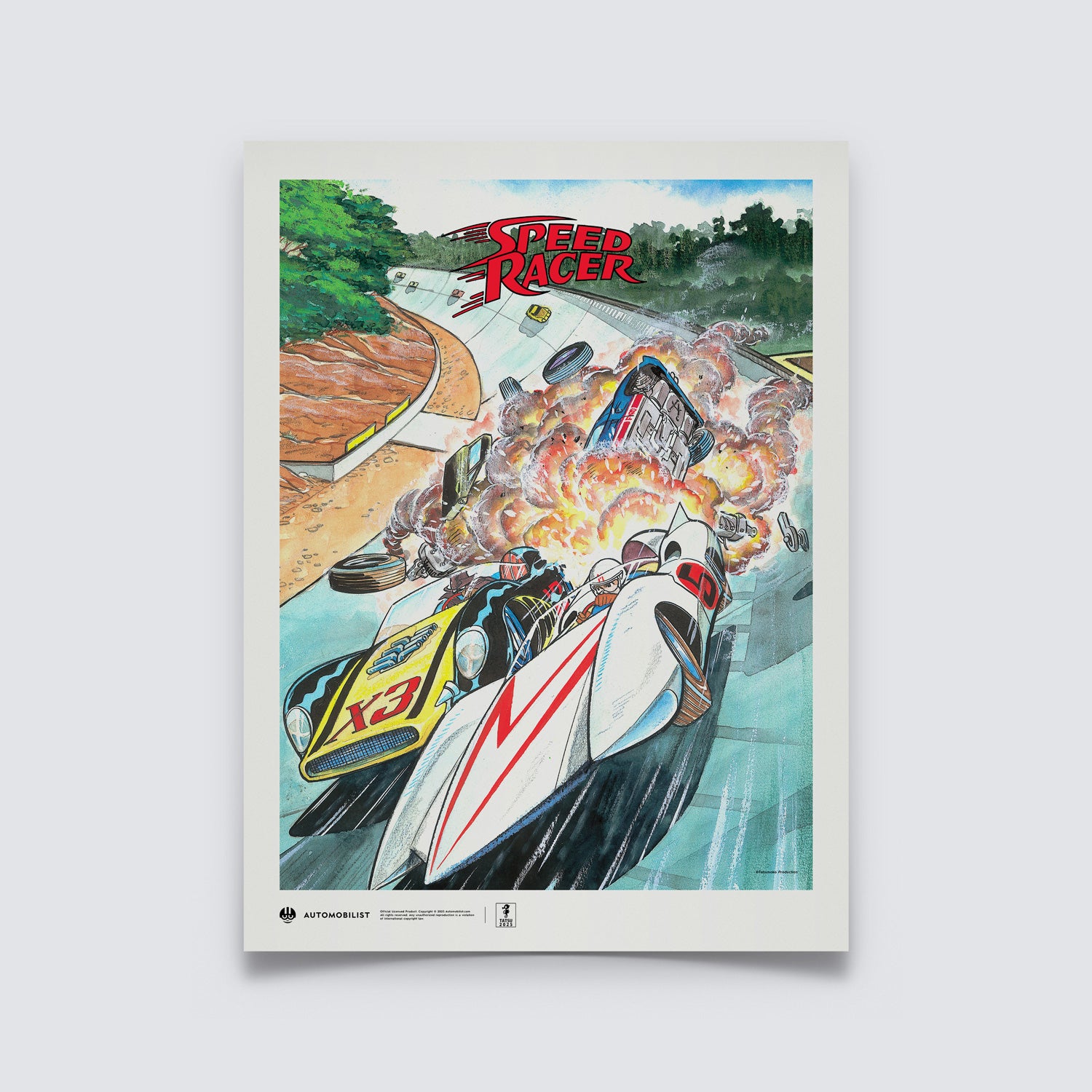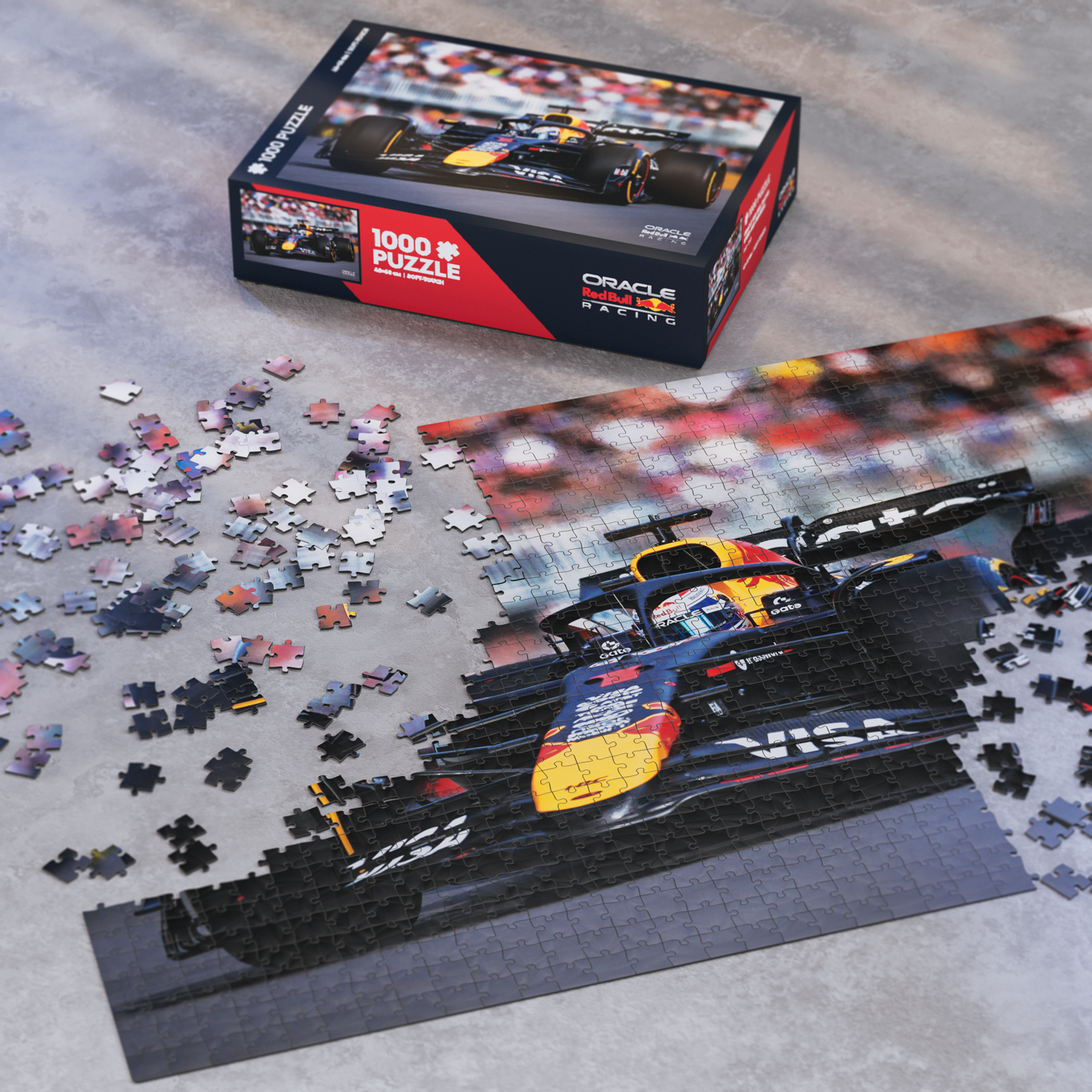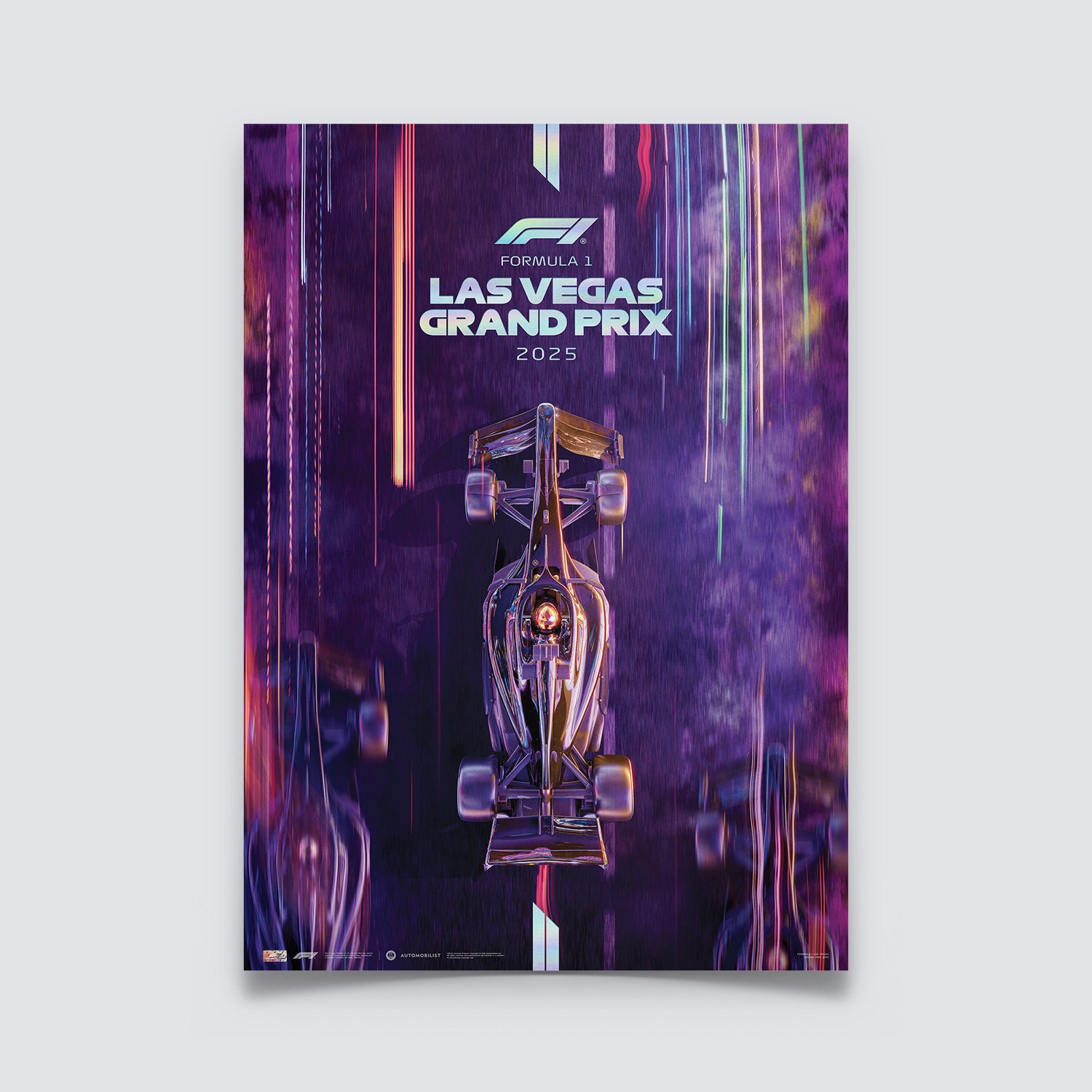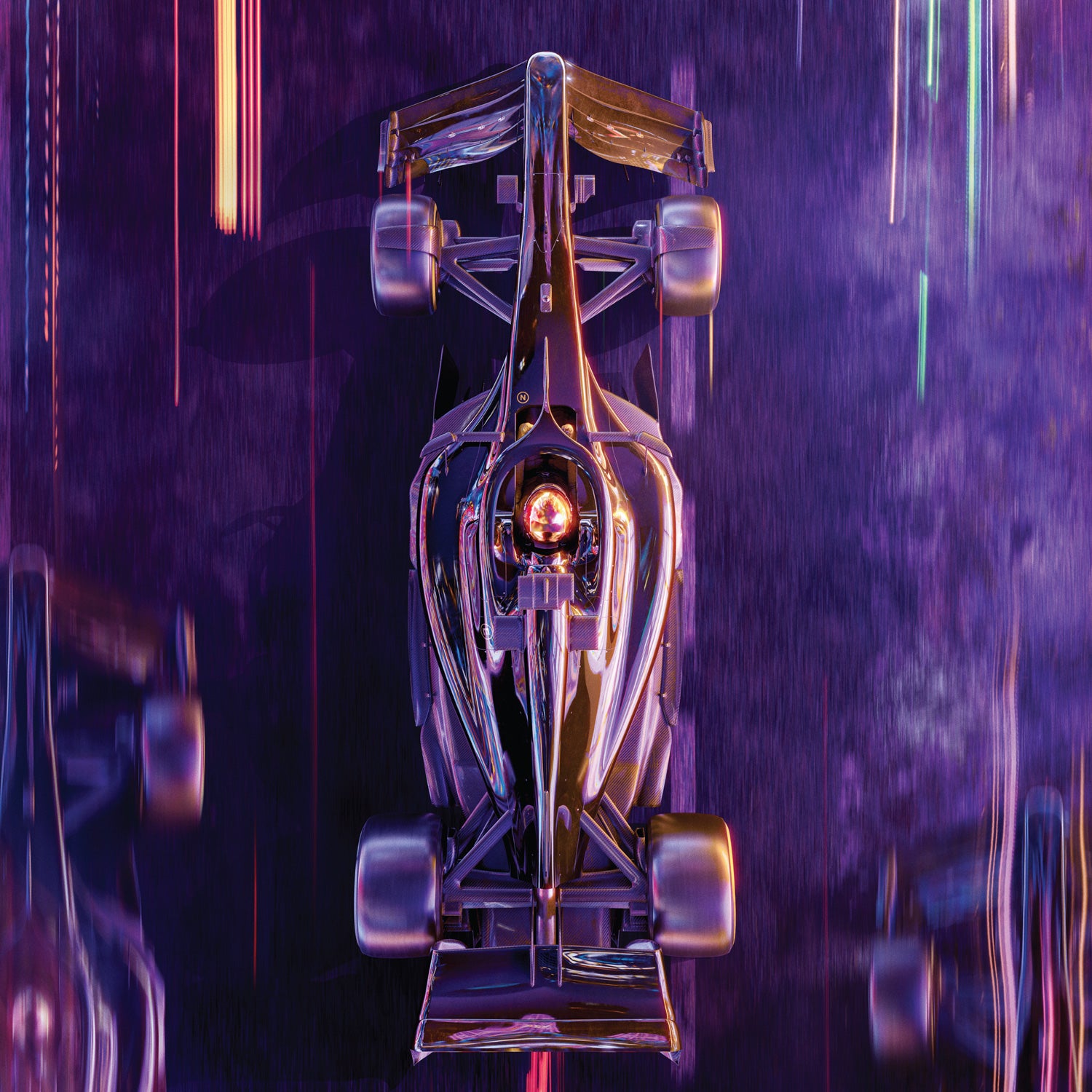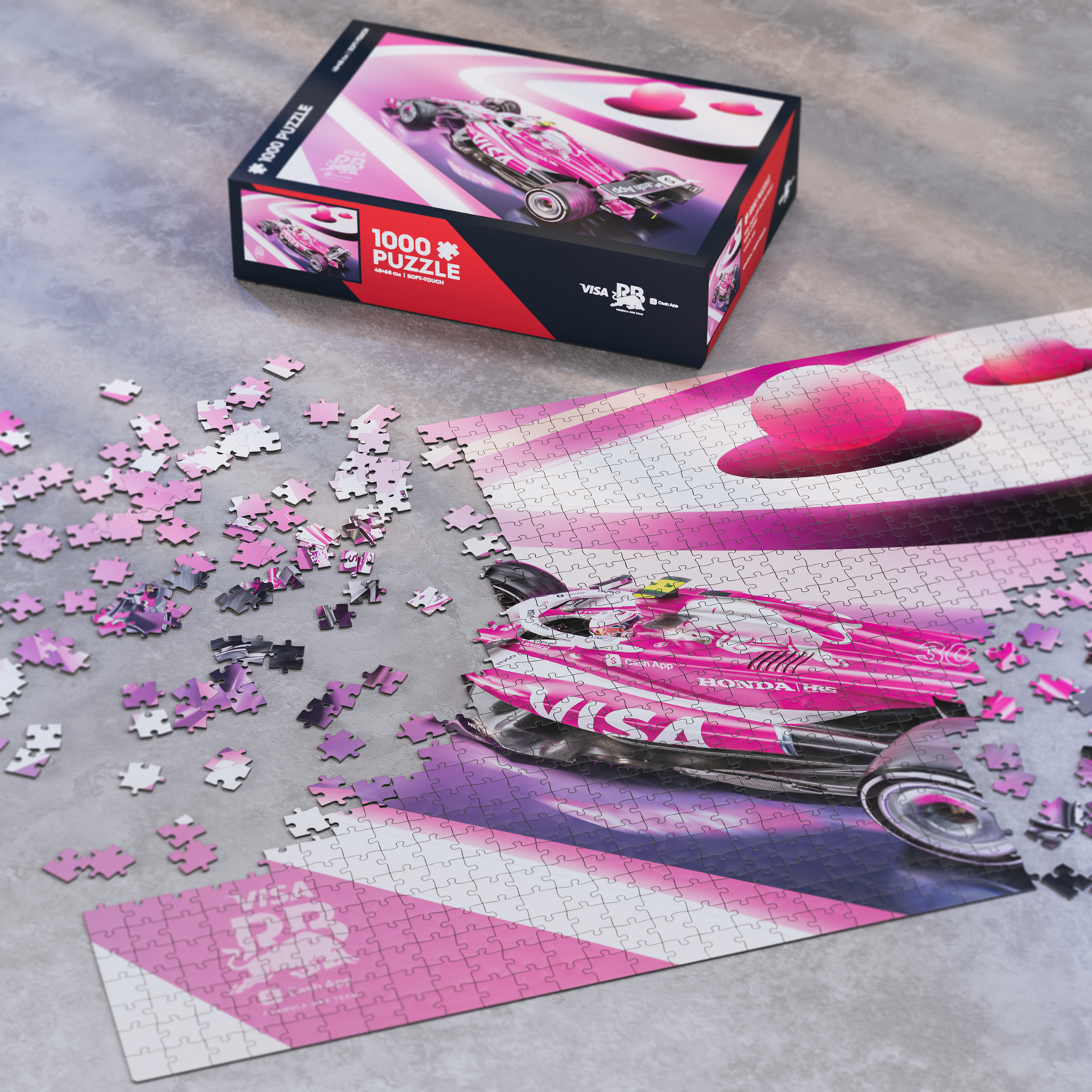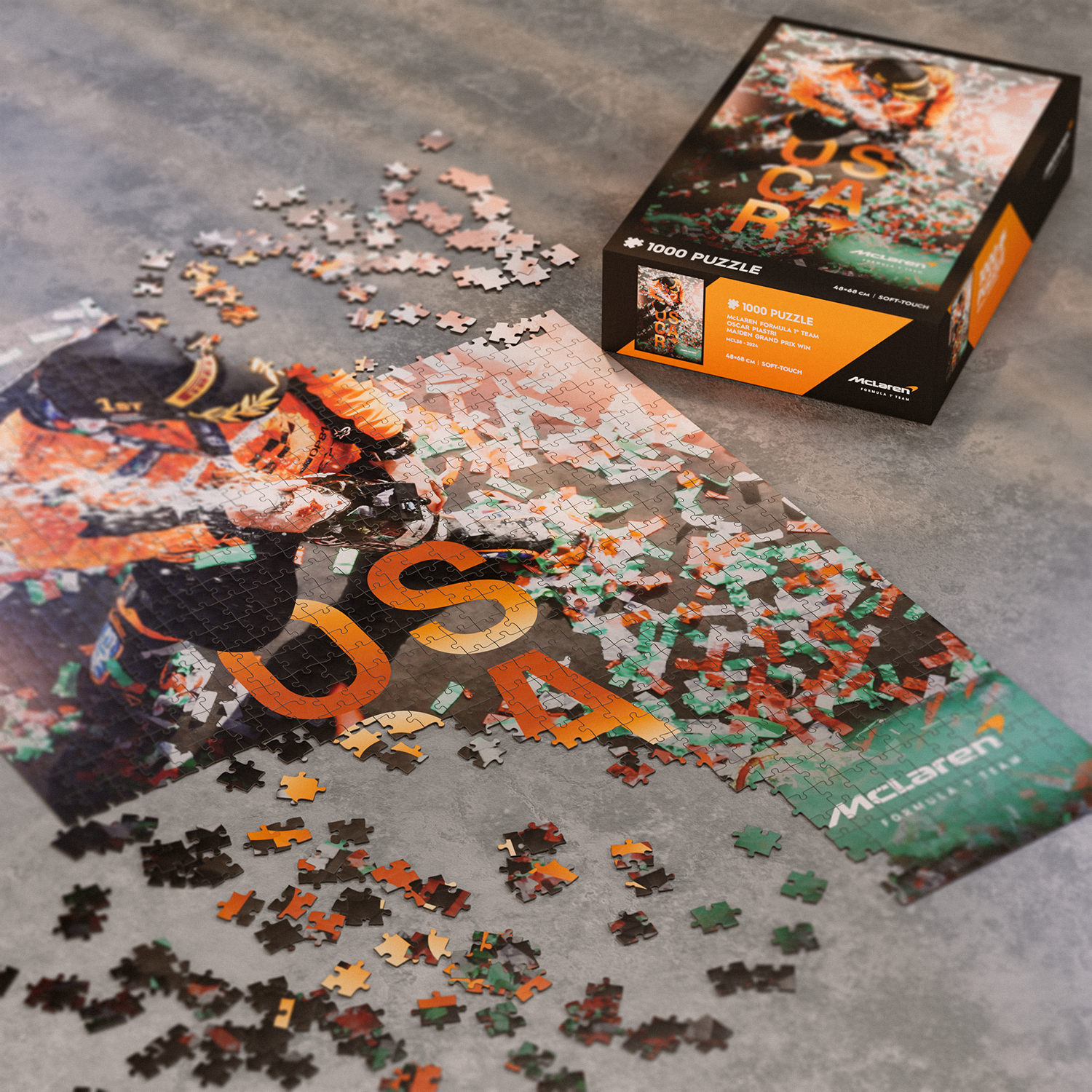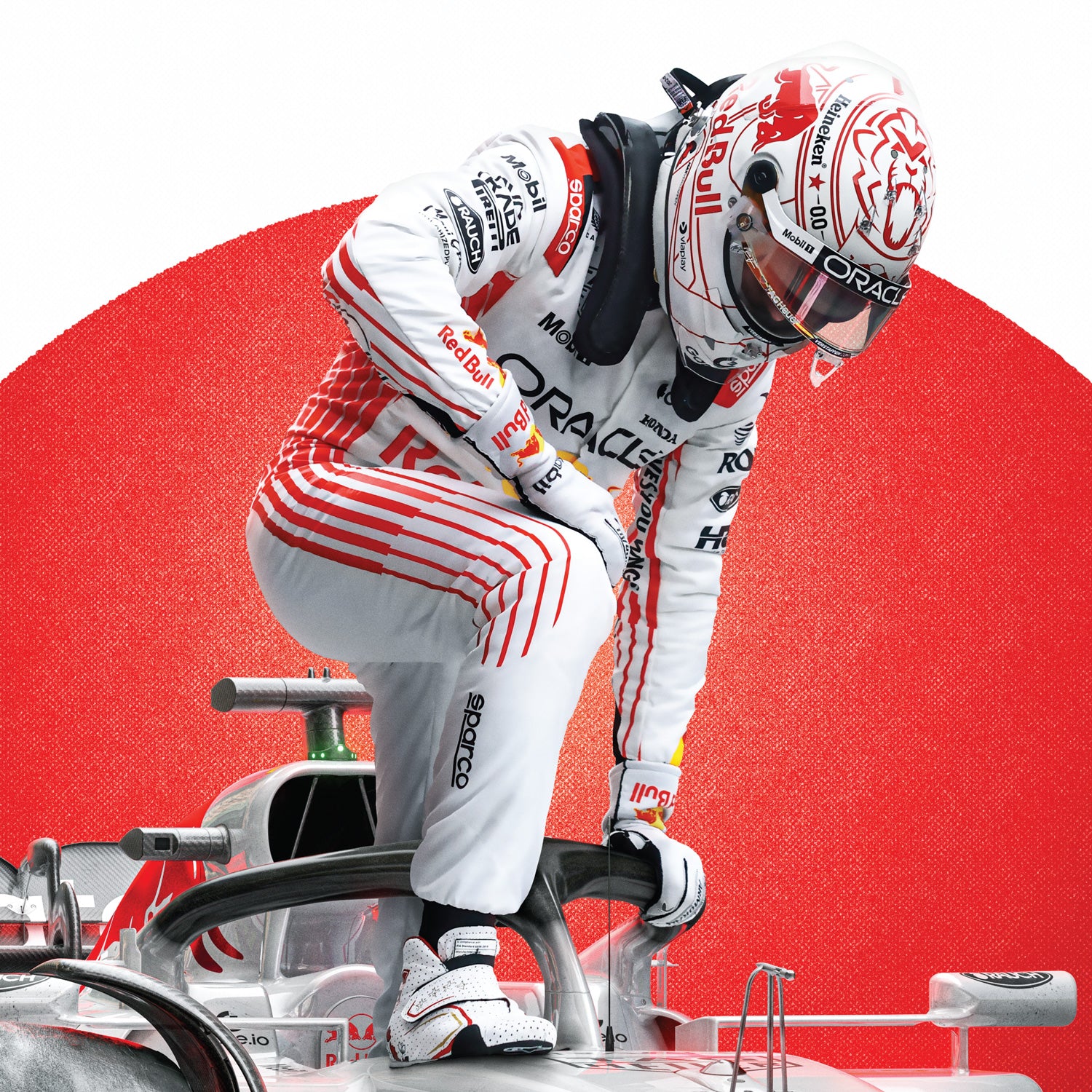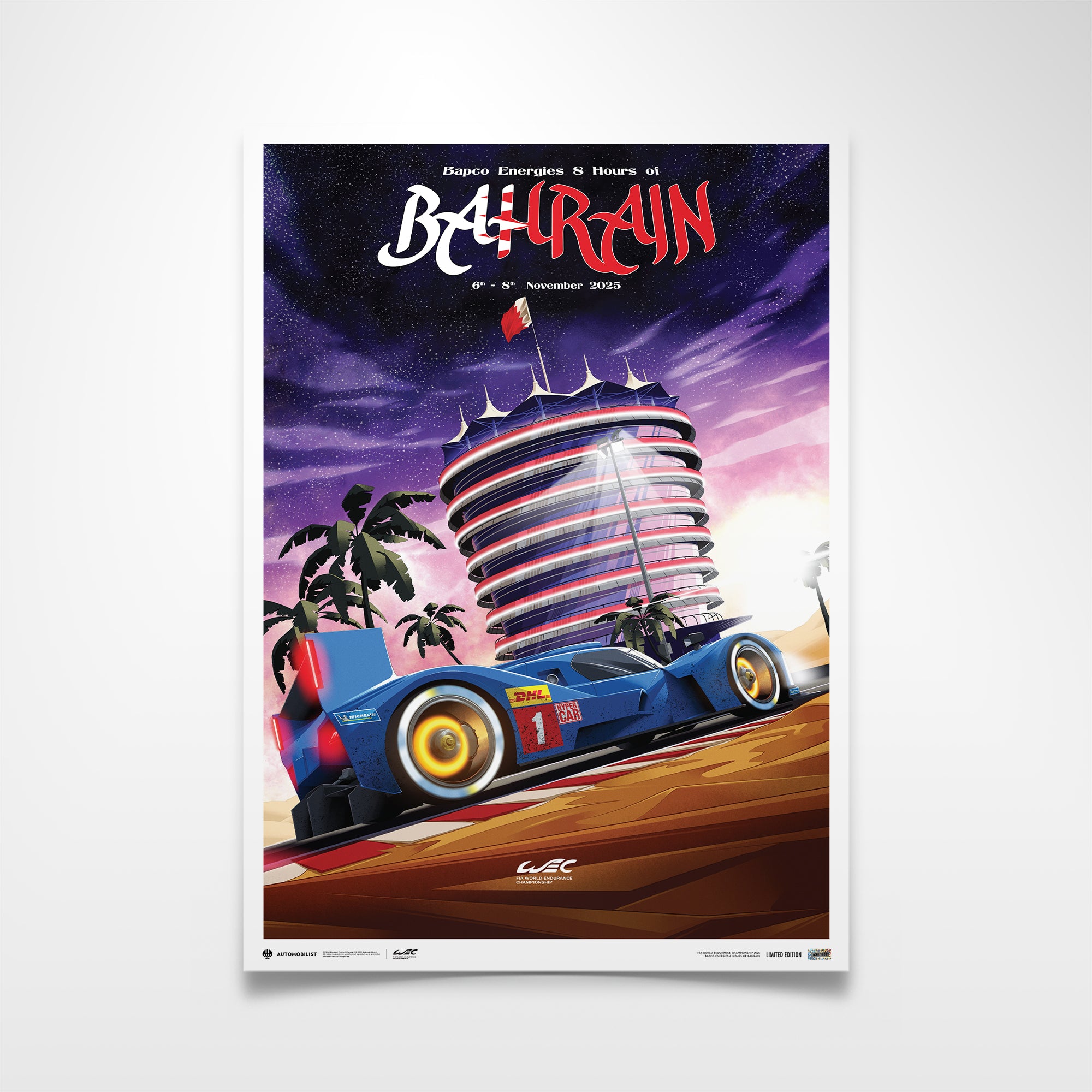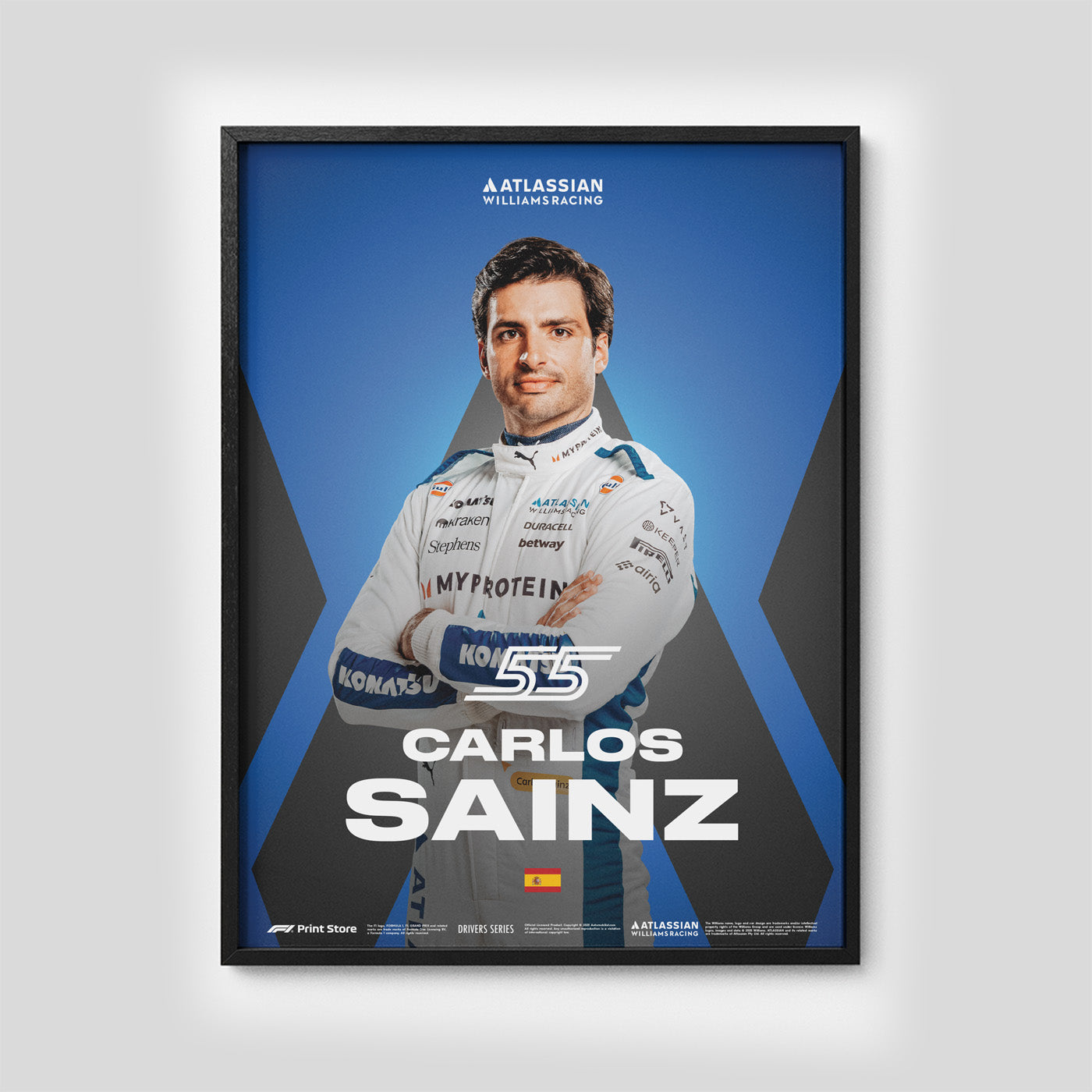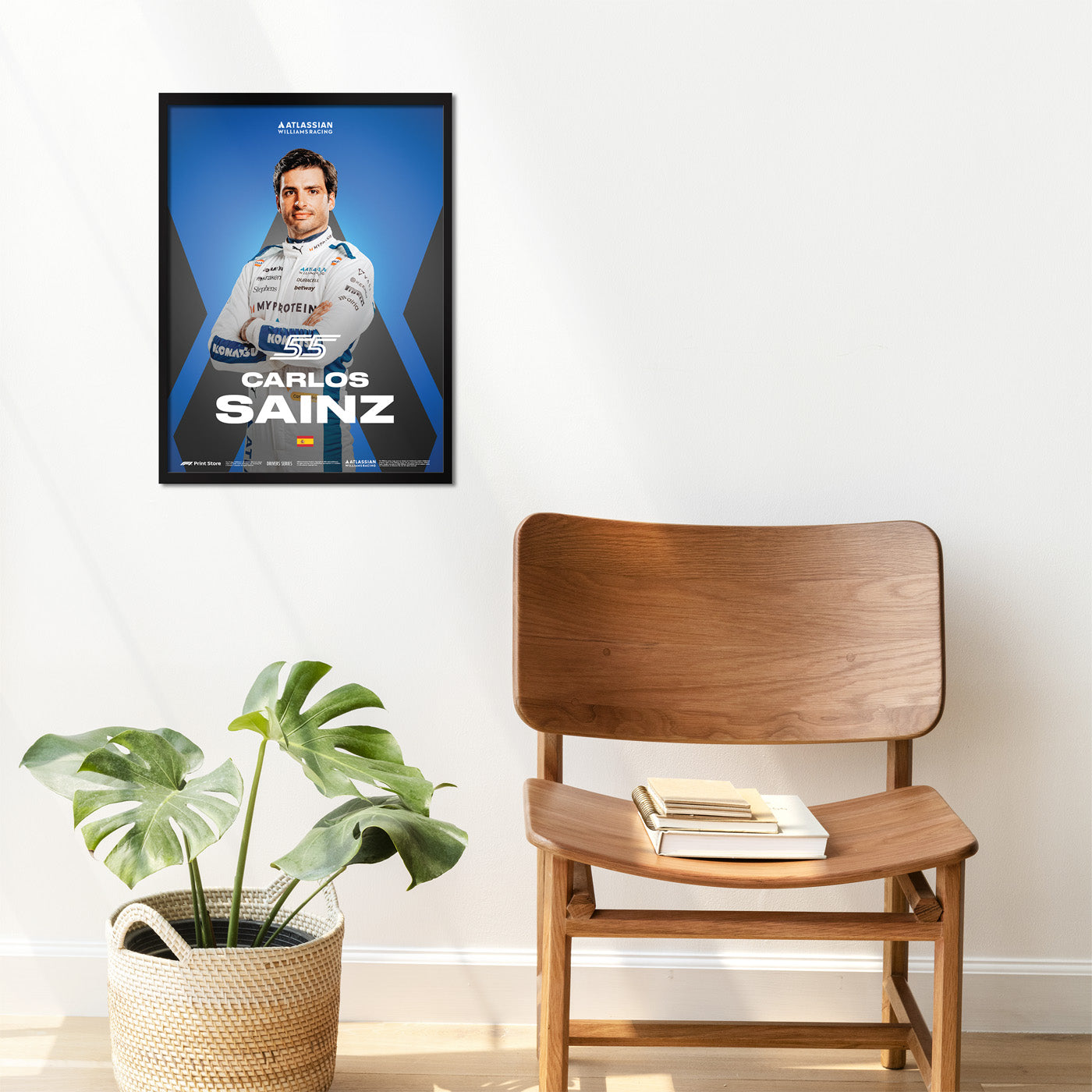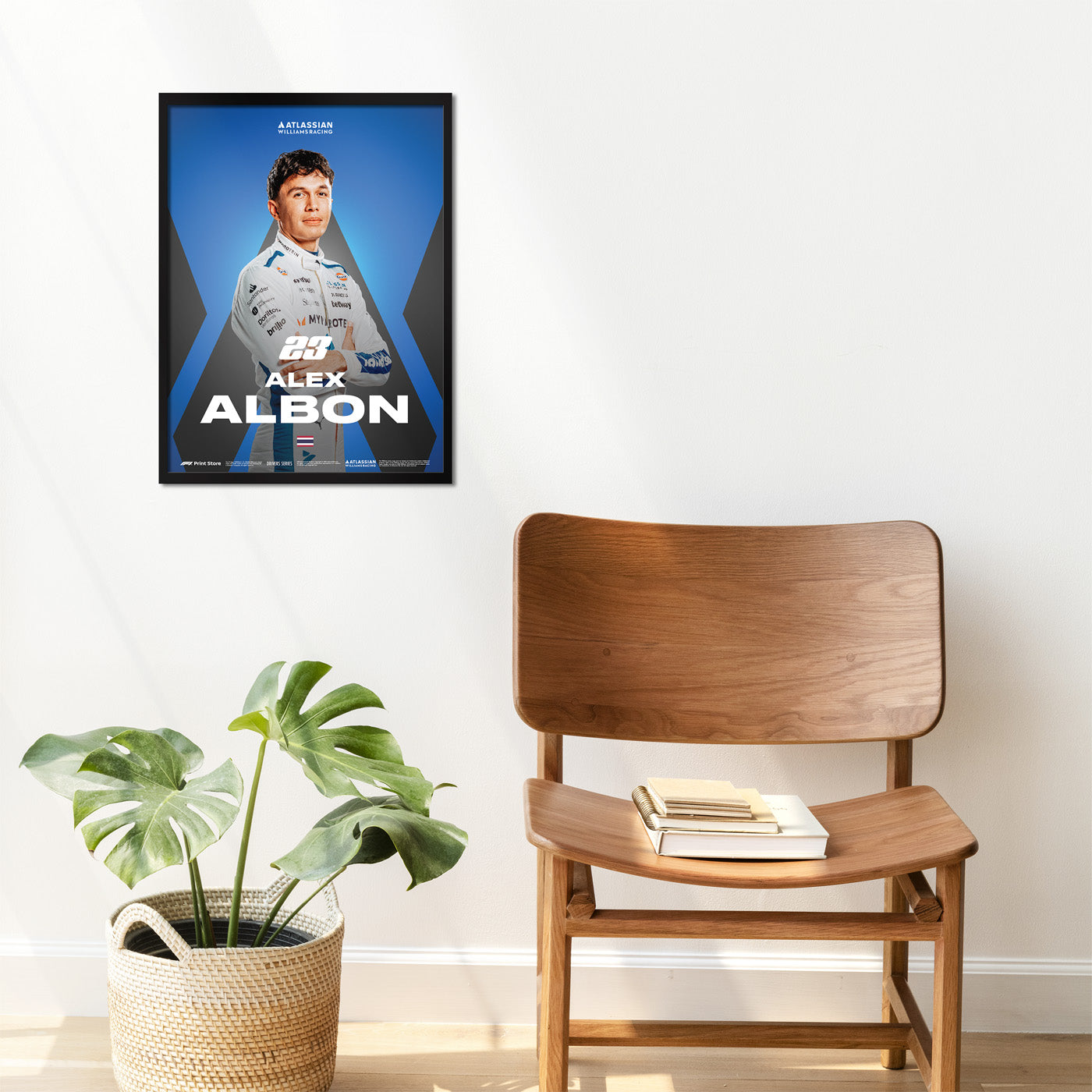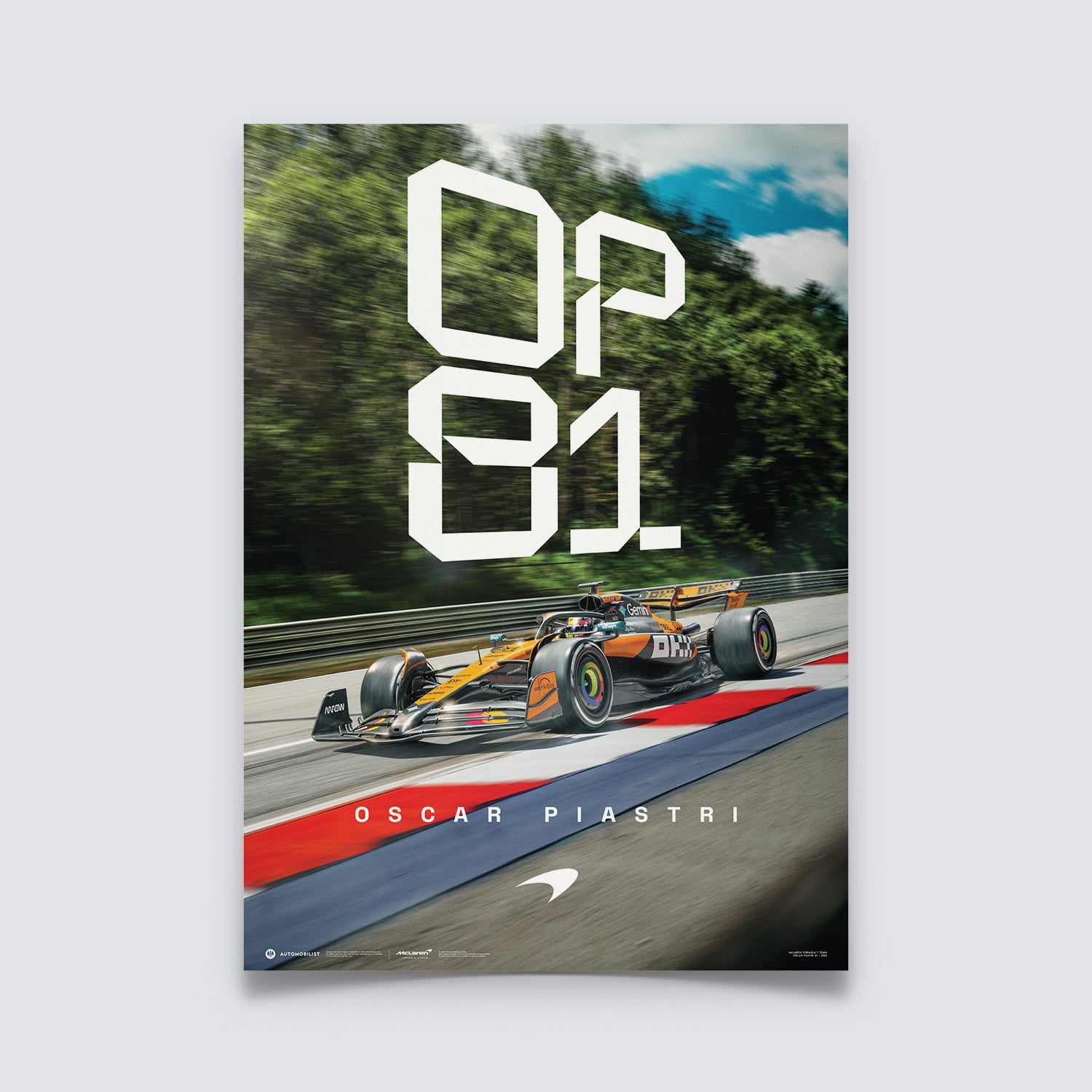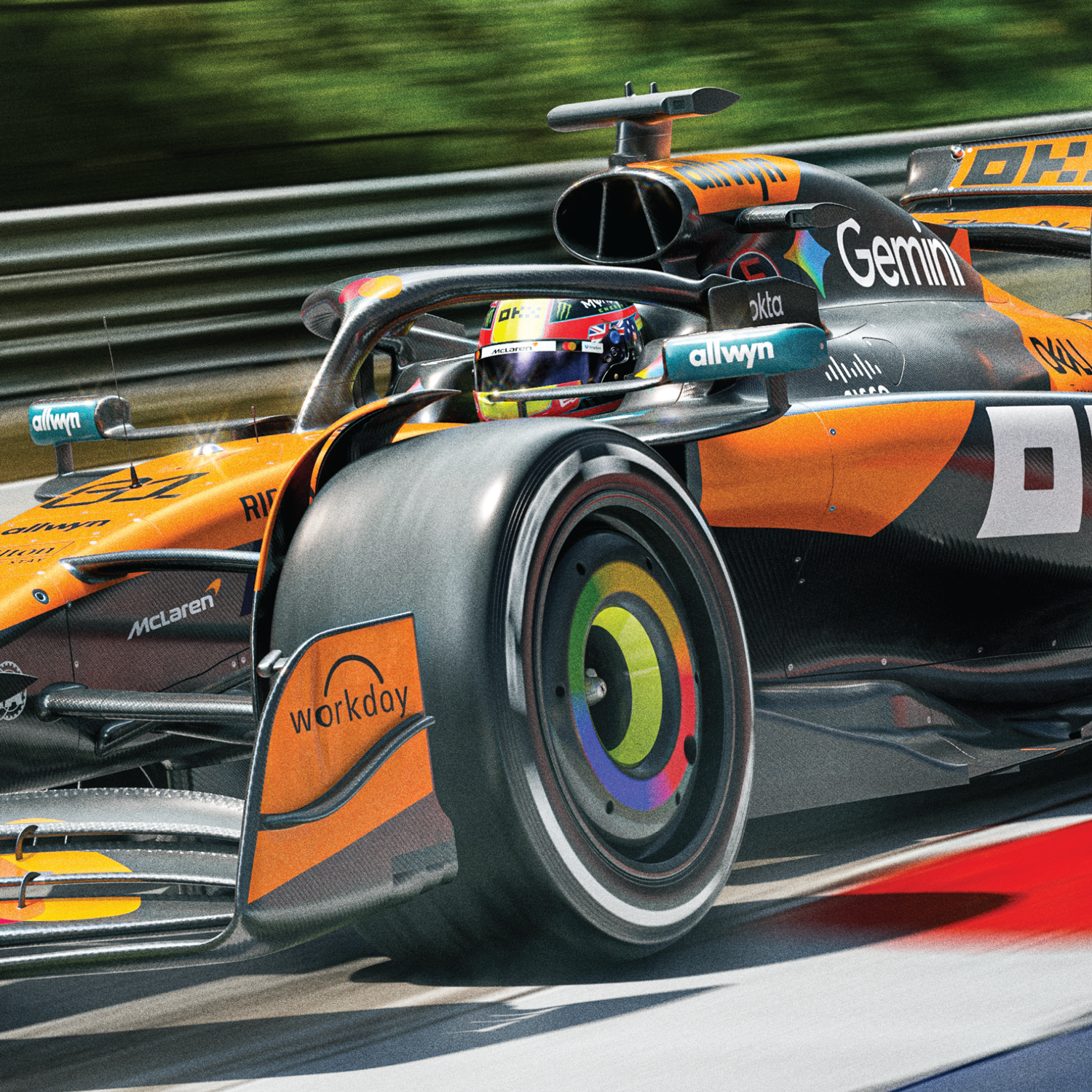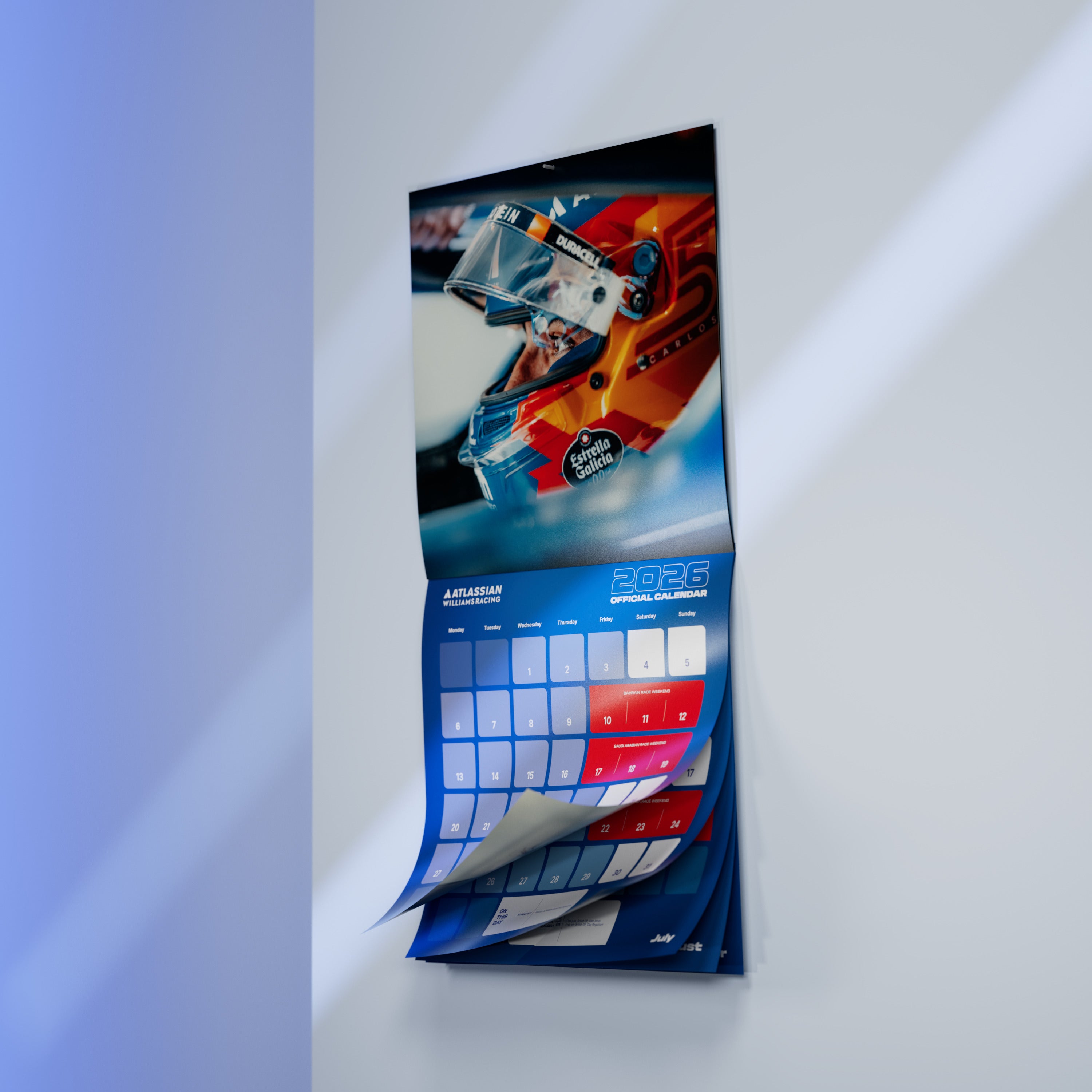In 1975, Niki Lauda won the F1 drivers’ championship, bringing the trophy back to Ferrari after an 11 year drought. The Scuderia also took the constructors’ crown. The car that made it possible was the 312T.
The 1975 Ferrari 312 T was one of the most important cars in over 70 years of the team’s participation in Formula 1. In the years immediately preceding the ’75 season, the famous Prancing Horse had lost its sheen, severely beaten by the Cosworth V8-powered British teams, which Enzo Ferrari had previously dismissed as mere garagistes, or amateurs. Something had to be done and drastic measures were taken.
First of all, Ferrari hired a young, flamboyant, well connected and aristocratic lawyer, Luca Cordero di Montezemolo. His first move was to reinstate Mauro Forghieri to the role of chief engineer and to ensure that Niki Lauda stayed on the books as one of the drivers. To ensure that the racing department’s sole focus was on re-establishing itself at the top of the F1 tree, he also scratched the company’s endurance sports car racing programme, something dear to Enzo’s heart and popular with serious race fans.
 Niki Lauda and team mate, Clay Regazzoni at the launch of the Ferrari 312 T in 1975. Image Courtesy Motorsport Images
Niki Lauda and team mate, Clay Regazzoni at the launch of the Ferrari 312 T in 1975. Image Courtesy Motorsport Images
The right people were in place – Lauda was partnered with Swiss driver Clay Regazzoni – and now they had to make sure the car was a step up from previous years. Part of the clue to its success was in its name, the “12” signifying it was pushed along by a V12 engine which put out over 500 horsepower, revving to 12,200 rpm. The “T” indicated that the 5 speed gearbox was mounted transversally in the car, as opposed to the more conventional longitudinal positioning, which made for a very compact rear end and better weight distribution. There was less weight over the rear axle, but a larger than usual rear wing made up for that by generating more aero downforce. The near perfect weight distribution greatly improved the car's handling. The aluminium monocoque chassis featured in-board mounted front suspension actuated by rockers.
We’re talking about the mid-70s here when it was very much the norm for cars to hit reliability problems during a race, but the 312 T proved remarkably solid over the year. Some of the credit for that has to go to Lauda, who always felt that part of the driver’s role was to be meticulous and demanding when it came to how his car was put together. He put in thousands of kilometres of testing before and during the season.
The Brabham team was favourite to take the titles at the start of the year and Brazilian Carlos Pace duly won Round 2 for the team in his home race at Interlagos. McLaren had won the first race and Tyrrell the third, with the Ferrari firepower only coming to the forefront at round 4 in Spain, when Niki Lauda took pole at the Montjuich track. But both Ferraris were knocked out in a crash after the start and the race was stopped after 30 laps when several spectators were killed when Rolf Stommelen’s rear wing broke. Lauda then won the next three races, picking two more victories, including the final round at Watkins Glen in the USA. Although the Austrian took pole at the penultimate round, Ferrari’s home race at Monza, his team-mate Clay Regazzoni proved a popular winner. But the Drivers’ crown began to Lauda in his second year with Ferrari. Apart from the five wins, he secured a further 8 podium finishes, with a total of 12 points finishes from the 14 races on the calendar.
 Both Ferrari's, of Lauda and Regazzoni, took a podium finish at the Dutch Grand Prix of 1975 . Image Courtesy Wilhelm Wolfgang
Both Ferrari's, of Lauda and Regazzoni, took a podium finish at the Dutch Grand Prix of 1975 . Image Courtesy Wilhelm Wolfgang
 Both Ferrari's did not finish at the Spanish Grand Prix of 1975 in spite of a pole in qualifying for Niki Lauda. Image Courtesy Wilhelm Wolfgang
Both Ferrari's did not finish at the Spanish Grand Prix of 1975 in spite of a pole in qualifying for Niki Lauda. Image Courtesy Wilhelm Wolfgang
Motor racing was far more dangerous back then and, apart from the tragedy at the Spanish GP, the American driver Mark Donohue died a couple of days after a crash in practice for the Austrian Grand Prix and, although not the result of a racing incident, team owner and former world champion Graham Hill and his driver Tony Brise, died when their light aircraft crashed in November that year.
The following year, Lauda came close to losing his life in that terrible crash at the Nurburgring, still running the brilliant 312 T and but for the accident the Austrian might well have taken back-to-back titles, just losing out to James Hunt in the McLaren at the very final round, after Lauda pulled out of the rain soaked Japanese GP at Mount Fuji, but the 312 still helped Ferrari claim the Constructors’ crown that year. But in 1977, with the car still evolving and now known as the 312 T2B, Niki Lauda took his second world championship crown, even though Mario Andretti in the Lotus took more race wins. Ferrari again won the Constructors’ title.

